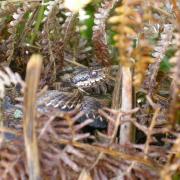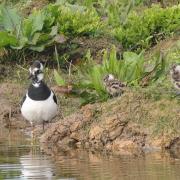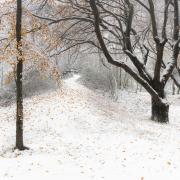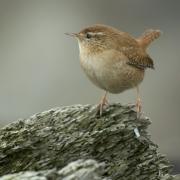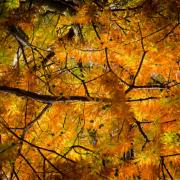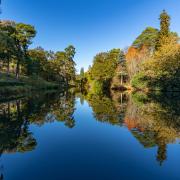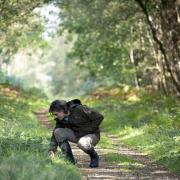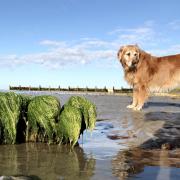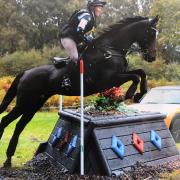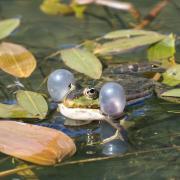Mike Russell of Sussex Wildlife Trust explains that the behaviour traits of this rather endearing mammal have been passed down the generations through stories and books
One of the most famous references to the madness of brown hares was in Alice in Wonderland and this generally stems from their ability to run very fast in a generally haphazard way as well as engaging in apparent boxing matches in early spring.It is thought that brown hares were, like rabbits, introduced into the UK though no-one is actually sure who brought them in as there appears to be a disagreement as to whether they were here before Roman times or not. Down here in the south it is the only hare you will see, but if you go to the highlands of Scotland you may see the truly native and smaller mountain hare that sports a fine white coat in winter. We are now much more familiar with rabbits and are quite surprised when seeing a hare as to its much bigger size and long powerful back legs which it uses to great effect in reaching speeds approaching 45mph. Other distinguishing features are long ears with black tips at the end and large staring yellow eyes.Hares need their amazing speed to escape predators and the ability to zigzag at speed helped them when they had to escape from dogs as the ‘sport’ of hare coursing grew in popularity. Males also use their speed to chase off rivals in the breeding season although the boxing sometimes observed is not two males applying the Queensbury Rules to vie for the attention of a potential mate, but is a female fending off the attentions of an over amorous male.Breeding takes place between March and September and up to four litters of young, usually two to four leverets each time, are produced. Unlike their cousins the rabbit, they do not live in burrows but make a shallow depression in the ground, known as a form, in which they give birth. Also, unlike rabbits, they tend to have a solitary existence, though occasionally they form small groups when feeding on tender grass shoots or cereal crops, which inevitably bring them into conflict with farmers. This conflict with farmers and modern farming in general has led to a substantial decline in their population over the last 50 years. Changes in crop production such as oil-seed rape, the sowing of winter crops in Autumn and the ploughing of grassland and removal of hedgerows along with the increased application of pesticides have all contributed to this decline as has the growth in the number of foxes who will eat the young leverets.The hunting of hares with hounds, known as coursing, was made illegal under the Hunting Act 2004 but the practice is still quite widespread. Hares can still be seen in Sussex, particularly on the Downs, but the competing and increasing use for farming and recreation continues to put a squeeze on their numbers. Efforts are being made now to work with landowners to manage land to benefit hares to halt their decline. The Sussex Wildlife Trust is running a day course, The Life and Times of the Brown Hare on Thursday 17th March at Mill Bank Farm, Hooe near Battle. For further information please ring 01273 497561 or visit the SWT website www.sussexwt.org.uk



